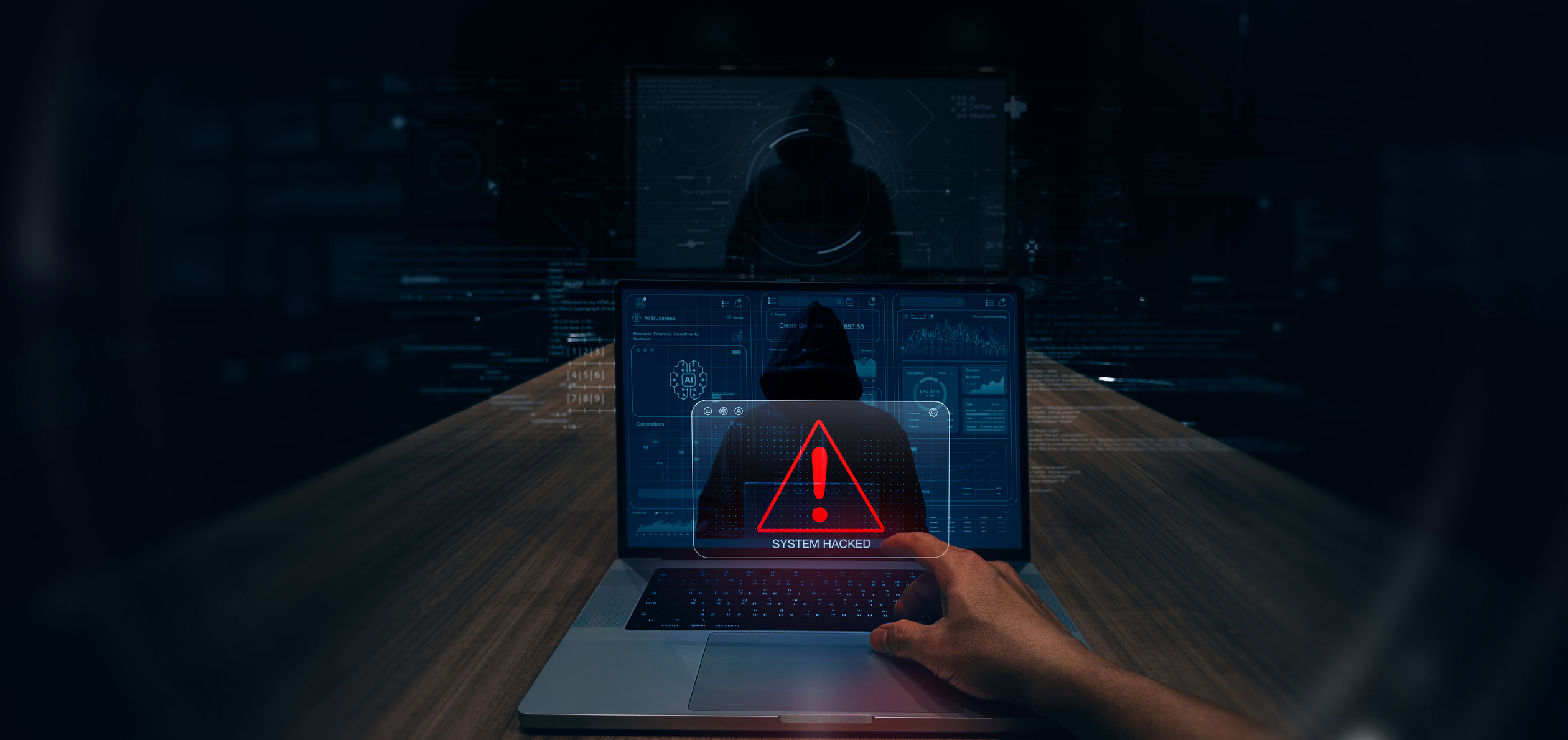A conversation worth listening to
When Anthony Rivera, Access Point’s CIO, and Stephen Watkins, Fortinet’s Principal Cybersecurity Advisor sat down to talk about endpoint detection and response, the goal wasn’t to out-nerd the audience. It was to make sense of the alphabet soup—EDR, MDR, XDR—for the people who actually rely on it. Their exchange was thoughtful, even funny at times, and it reminded me that good cybersecurity communication isn’t about simplifying the content. It’s about finding the shape of clarity within it.
Why language matters in cybersecurity
Stephen began by tracing the long arc from signature-based antivirus to today’s managed detection and response. The story may be familiar to many practitioners: attacks evolve, defenses adapt. But what struck me was how often both speakers returned to language—how we explain this evolution to non-technical leaders. Anthony framed MDR as “an extension of your team,” not just a toolset. That phrasing matters. It places the technology in a human context: collaboration, coverage, trust.
Clear language doesn’t dilute technical meaning; it gives it structure. When we explain “response” as more than quarantine—as isolation, triage, containment—we give weight to the work behind it. We make the unseen labor of cybersecurity visible.
Bridging complexity and confidence
Both speakers acknowledged that the real challenge isn’t technological—it’s interpretive. EDR, XDR, and MDR surface thousands of events daily. The task is deciding what matters. As Stephen put it, “Every single thing that happens in the computer world generates an event.” Distilling those events into actionable insight is a kind of editorial process: separating signal from noise.
That’s where good writing and good security practice meet. In both, clarity comes from discernment—the ability to notice what belongs, what doesn’t, and what deserves attention now.
Expertise and empathy
Near the close of the conversation, Anthony used the phrase “peace of mind.” The phrase landed perfectly because the discussion had warranted it. The peace of mind wasn’t a promise of invincibility—it was the assurance that someone competent, awake, and watching will notice when something’s wrong.
In cybersecurity, as in editing, empathy is precision. You protect people best when you understand what they need to know, what they can handle, and what they shouldn’t have to worry about.
The takeaway
This webinar is more than a product conversation; it’s an example of how we can talk about complex systems in ways that foster trust and understanding. As Access Point continues developing resources for clients and partners, I’m reminded that strong technical communication isn’t ornamental. It’s infrastructure. The words we choose—like the defenses we build—determine how securely the message travels.









